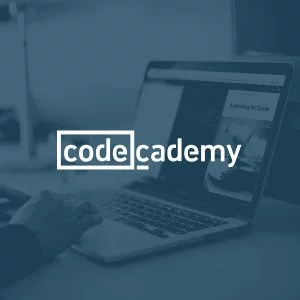
This course is about the fundamental concepts of algorithmic problems, focusing on recursion, backtracking and dynamic programming. As far as I am concerned these techniques are very important nowadays, algorithms can be used (and have several applications) in several fields from software engineering to investment banking or R&D.
Section 1:
what is recursion
stack memory and recursion
factorial numbers problem
Fibonacci numbers
towers of Hanoi problem
recursion vs iteration
Section 2:
what is backtracking
n–queens problem
Hamiltonian cycle problem
knight’s tour problem
coloring problem
NP–complete problems
Section 3:
what is dynamic programming
Fibonacci numbers
knapsack problem
coin change problem
rod cutting problem
In each section we will talk about the theoretical background for all of these algorithms then we are going to implement these problems one by one.
The first chapter is about recursion. Why is it crucial to know about recursion as a computer scientist? Why stack memory is crucial in recursion? We will consider several recursion related problems such as factorial problem or Fibonacci numbers. The second chapter is about backtracking: we will talk about problems such as n–queens problem or hamiltonian cycles and coloring problem. In the last chapter we will talk about dynamic programming, theory first then the concrete examples one by one: Fibonacci sequence problem and knapsack problem.
Instructor Details
Courses : 24
Specification: Algorithmic Problems in Python
|
6 reviews for Algorithmic Problems in Python
Add a review Cancel reply
This site uses Akismet to reduce spam. Learn how your comment data is processed.

| Price | $15.99 |
|---|---|
| Provider | |
| Duration | 4 hours |
| Year | 2020 |
| Level | All |
| Language | English |
| Certificate | Yes |
| Quizzes | No |

$109.99 $15.99


Srishti Gupta –
felt like prolems are more complicated in the explanation rather than being simplified. can say this because I have completed other similar courses as well. also, unable to understand the code mentioned in resources. hence unable to execute on my own, request your help for it.
Nikhil Priyadarsh –
The explanations were detailed and up to the mark, with concrete implementations of different problems. Overall, it was a great learning experience. This course, along with ‘Data Structures and Algorithms in Python’ can satisfy all the learning needs of programmers.
Chetan kudalkar –
What a fantastic teacher!!! Respect!
Cemal Arican –
If you are new to programming and are interested in Operations Research, this is a good course to follow. This rating probably underrates the content he teaches, the effort put into these lectures are really appreciated and the content it self. But first of all to be honest, your accent makes it hard to concentrate so maybe try to work on that. Its really good that you go over topics in Operations Research. But you go over things quite fast and it would be better to do a step by step approach. Like a code along lecture, so you can build up to more difficult things. Furthermore, maybe implement some notebooks of exercises with a video of solutions to code along and have some explanations. Ill probably increase the rating by the end of the course.
Avinash koneru –
very precise to the point well explained but only drawback is his communication skills in English needs to be improved
Jim Silverstein –
This course is great only if you enjoy powerpoint presentations. The instructor spends a huge amount of time discussing the theory and when it comes to the implementation, he uses code he has already written and spends more time discussing the theory in those videos too. So this is a 99% theory course with no practical application.